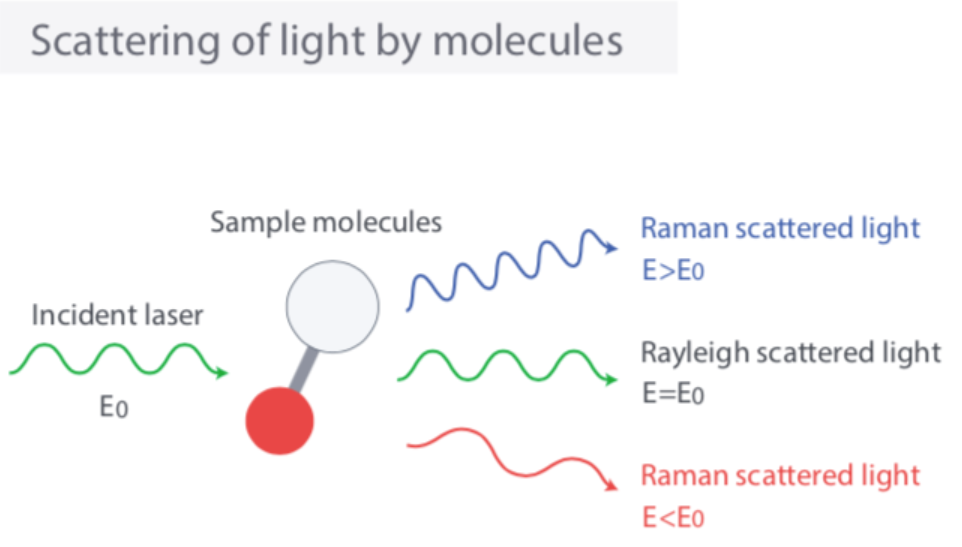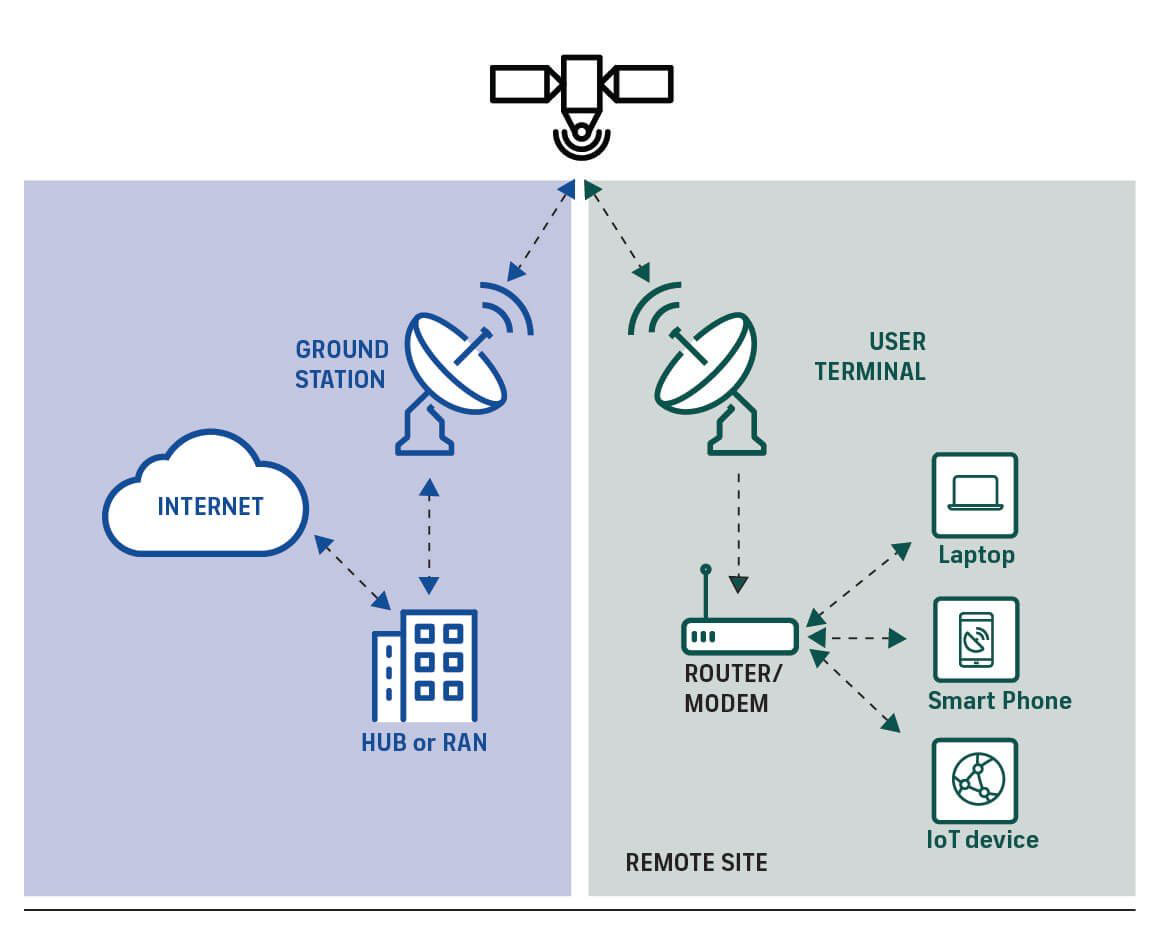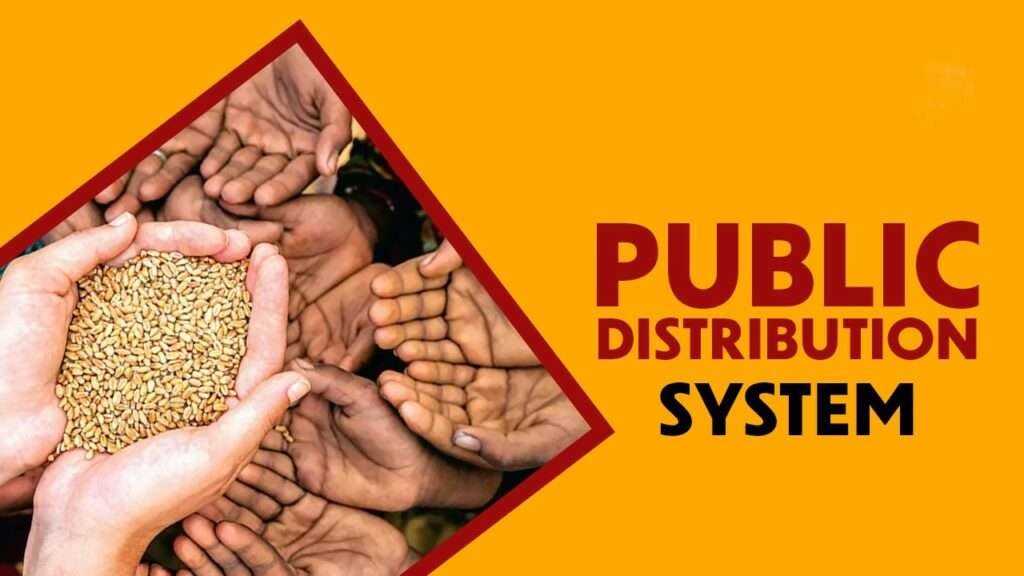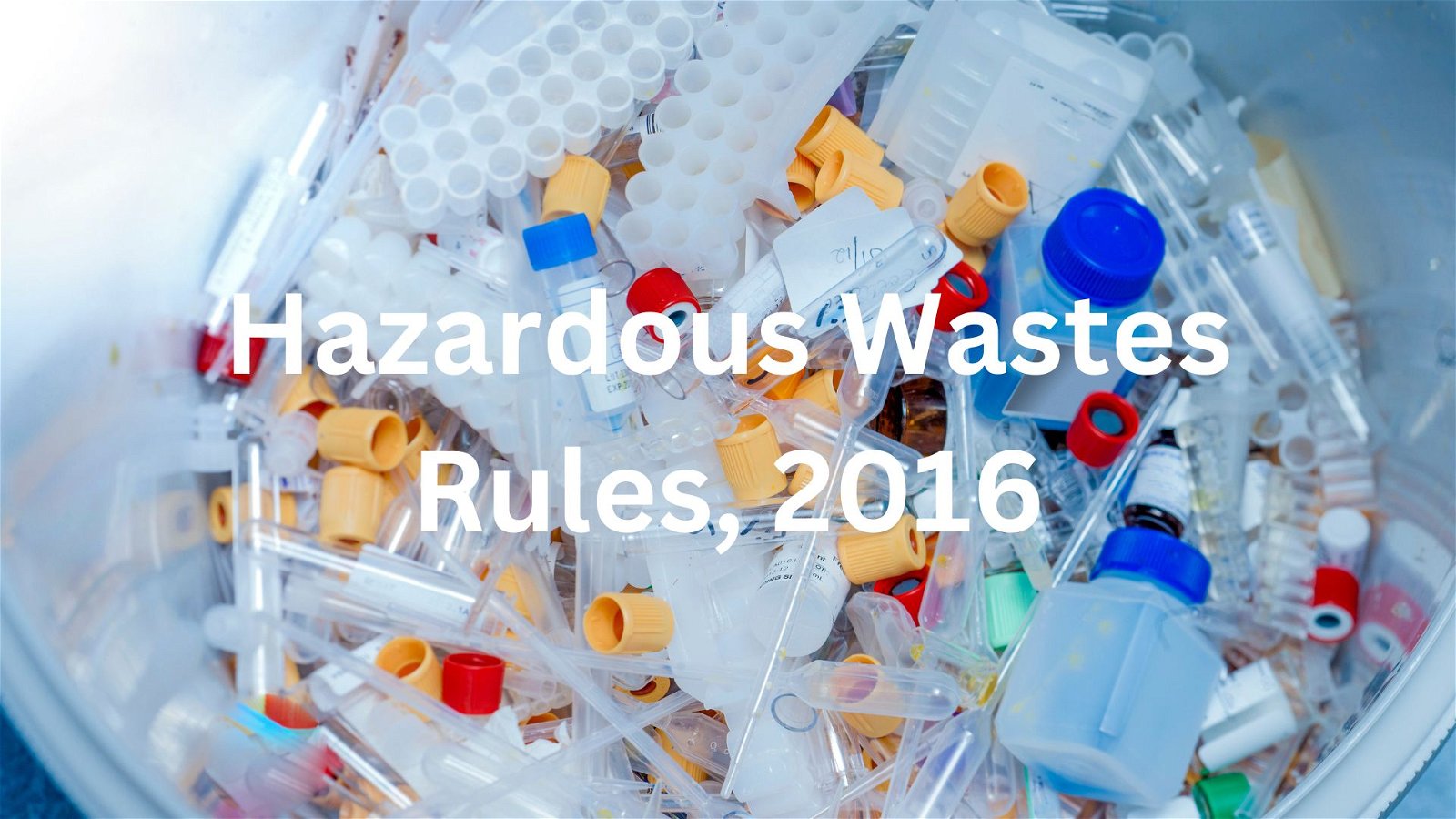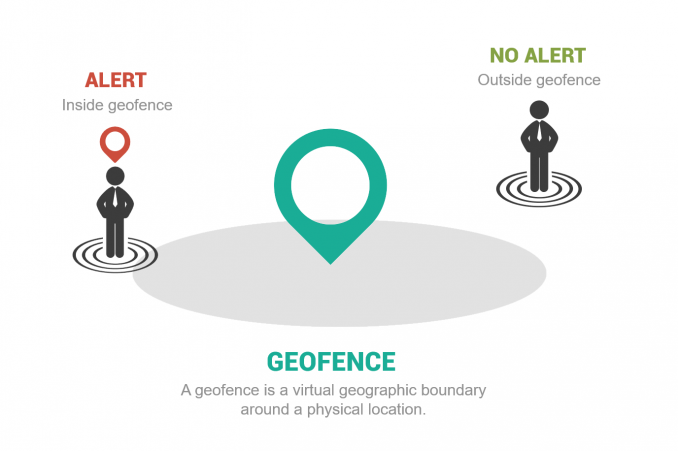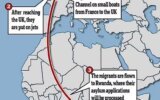
OSIRIS-REx to study Asteroid Apophis
Subscribers of "Current Affairs" course can Download Daily Current Affairs in PDF/DOC
Subscribe to Never Miss an Important Update! Assured Discounts on New Products!
Must Join PMF IAS Telegram Channel & PMF IAS History Telegram Channel
- Context (LM): The former OSIRIS-REx spacecraft sets off on a (seven-year, 4 billion-mile journey) journey to study asteroid Apophis.
Asteroid Apophis
- Asteroid Apophis is better known as the ‘God of Chaos’.
- It is a near-Earth object (NEO) estimated to be about 1,100 feet (340 meters) across.
- Asteroid Apophis is made of silicate materials and nickel-iron (different from carbon-rich, “C-type” Bennu).
- It originated in the main asteroid belt between Mars and Jupiter.
Why Study Apophis?
- Discovered in 2004, Apophis gained notoriety as one of the most hazardous asteroids that could impact Earth.
- Apophis is expected to “safely pass close to Earth on April 13, 2029, the closest approach to Earth by an asteroid of this size that scientists have known about in advance.
- Apophis’ close encounter with Earth is expected to change the asteroid’s orbit and the length of its 30.6-hour day.
- It was officially taken off from NASA’s Potentially Hazardous Asteroids list (PHAs).
|

Asteroids
- Asteroids are small, rocky objects that orbit the Sun like planets, but they are much smaller than planets and are irregular shaped (not all round like planets).
- Formed around 4.6 billion years ago, they are remnants of protoplanetary disk- the cloud of gas and dust from which the sun and planets formed.
- Size: Some are tiny, only a few metres across while others can be several kilometres wide.
- Types:
- C-type (Carbonaceous) Asteroids: They make up 75% of the known asteroids.
- S-type (Silicate or Stony) Asteroids: They account for 17% of known asteroids.
- M-type (Metallic) Asteroids: They are made up of nickel-iron and are found in the middle region of the asteroid belt.
- Asteroids are divided into three categories:
- Asteroids in the main asteroid belt, between Mars and Jupiter.
- Trojans (name comes from Greek mythology), which are asteroids that share an orbit with a larger planet.
- Near-Earth Asteroids (NEA): It has orbits that pass close to the Earth.
- Earth Crossers: Those that cross the Earth’s orbit. More than 10,000 such asteroids are known, of which over 1,400 are classified as potentially hazardous asteroids (PHAs).

|
OTHER ASTEROID MISSIONS |
||
|
Galileo mission (NASA) |
It was the first spacecraft to fly past asteroids Gaspara in 1991 and Ida in 1993. | |
|
Near Earth Asteroid Rendezvous (NEAR) mission (NASA) |
It was the first spacecraft to successfully orbit Eros, an asteroid near Earth, and also land on the asteroid. | |
|
Mission Lucy (NASA) |
For exploring Jupiter Trojan asteroids. | |
|
Dawn Mission (NASA) |
It aims to study 2 out of 3 protoplanets in the asteroid belt between Mars and Jupiter i.e. Vesta and Ceres (Pallas is 3rd).
|
|
|
Hera Mission (European Space Agency [ESA]) |
It is an asteroid deflection mission which is scheduled to be launched in 2024 to measure the impact crater produced by the DART collision and study the change in the asteroid’s orbital trajectory. It will arrive at the Didymos system in 2027. | |
|
AIDA mission (NASA & ESA) |
It is a technology demonstration of the kinetic impactor concept to deflect a small asteroid and to characterize its physical properties.
|
|
|
Hayabusa Mission (Japan Aerospace Exploration Agency [JAXA]) |
By Japan Aerospace Exploration Agency (JAXA).
|
|




![PMF IAS Environment for UPSC 2022-23 [paperback] PMF IAS [Nov 30, 2021]…](https://pmfias.b-cdn.net/wp-content/uploads/2024/04/pmfiasenvironmentforupsc2022-23paperbackpmfiasnov302021.jpg)
